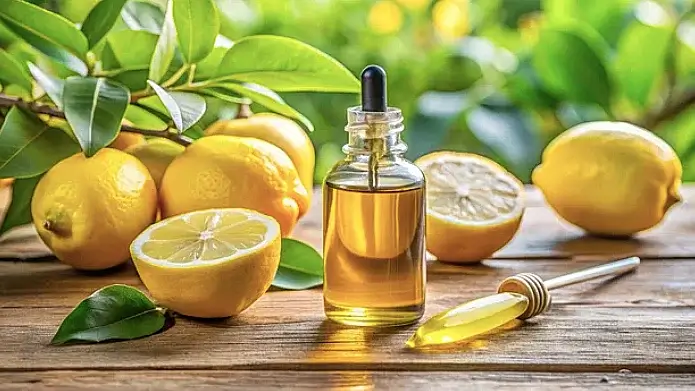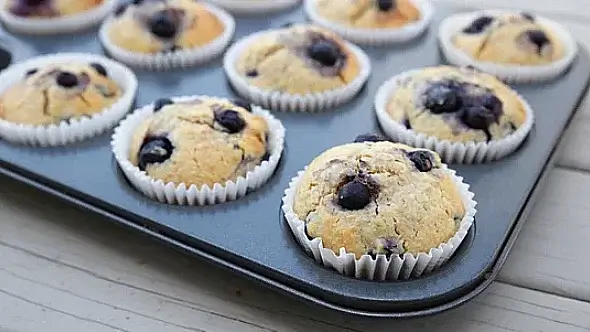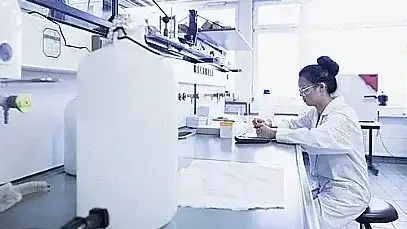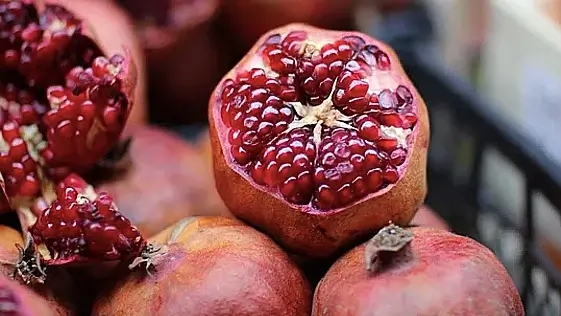Top 10 Antioxidant-Rich Foods for Fatty Liver Disease

Understanding Dietary Interventions in Hepatic Health Management
Non-alcoholic fatty liver disease (NAFLD) affects approximately 25% of the global population, making the identification of antioxidant-rich foods for fatty liver disease management increasingly crucial in clinical practice. Recent research demonstrates that specific dietary interventions can significantly impact hepatic health through their antioxidant properties and ability to reduce oxidative stress.
The Role of Antioxidants in Liver Health
Oxidative stress plays a fundamental role in the progression of fatty liver disease, making antioxidant-rich foods essential in hepatic health management. These compounds help neutralize free radicals and reduce inflammation, potentially slowing disease progression and supporting liver function.
Top 10 Evidence-Based Antioxidant Foods for Liver Health
1. Garlic (Allium sativum)
Clinical studies indicate that garlic's organosulfur compounds, particularly allicin, demonstrate significant hepatoprotective properties. Research shows these compounds can reduce fat accumulation in liver cells and decrease oxidative stress markers.
Practical Tip: Add 2-3 crushed garlic cloves to dishes during the last few minutes of cooking to preserve maximum antioxidant benefits. For those sensitive to raw garlic, aged garlic supplements may be considered under medical supervision.
2. Green Tea
Epigallocatechin gallate (EGCG), the primary catechin in green tea, exhibits powerful antioxidant effects. Studies indicate regular consumption may reduce hepatic fat content and improve liver enzyme profiles.
Practical Tip: Consume 2-3 cups of unsweetened green tea daily, allowing tea to steep for 3-5 minutes to maximize catechin extraction. Avoid consumption with iron-rich meals as this may reduce absorption of both compounds.
3. Blueberries
Rich in anthocyanins and polyphenols, blueberries demonstrate substantial antioxidant capacity. Clinical research suggests these compounds may help reduce liver inflammation and improve insulin sensitivity.
Practical Tip: Incorporate 1/2 cup of fresh or frozen blueberries into breakfast daily. If using frozen berries, thaw naturally to preserve antioxidant content.
4. Cruciferous Vegetables
Broccoli, Brussels sprouts, and cauliflower contain glucosinolates and sulforaphane, which activate liver detoxification enzymes and provide antioxidant support for fatty liver disease management.
Practical Tip: Steam cruciferous vegetables lightly for 3-4 minutes to maintain nutrient content while improving digestibility. Aim for 1 cup serving at least 4 times weekly.
5. Walnuts
High in omega-3 fatty acids and vitamin E, walnuts demonstrate hepatoprotective properties. Research indicates regular consumption may improve liver function tests and reduce inflammation.
Practical Tip: Consume 1 ounce (28 grams) (about 14 halves) of raw walnuts daily. Store in the refrigerator to prevent oxidation of beneficial oils.
6. Turmeric
Curcumin, the active compound in turmeric, exhibits potent antioxidant and anti-inflammatory properties. Clinical studies show it may help reduce hepatic fat accumulation and improve liver enzyme levels.
Practical Tip: Combine turmeric with black pepper and a small amount of healthy fat to enhance curcumin absorption. Aim for 1/2-1 teaspoon daily in cooking or warm beverages.
7. Grapefruit
Rich in naringenin and vitamin C, grapefruit demonstrates significant antioxidant capacity. Research suggests these compounds may help reduce hepatic inflammation and improve insulin sensitivity.
Practical Tip: Consume 1/2 grapefruit before breakfast, but consult healthcare providers about potential medication interactions, particularly with statins and calcium channel blockers.
8. Beetroot
Betalains and other antioxidant compounds in beetroot support liver health by reducing oxidative stress and improving detoxification pathways.
Practical Tip: Include 1 medium beetroot 3-4 times weekly, either raw in salads or roasted. Consider juicing with apple and ginger to improve palatability.
9. Olive Oil
Extra virgin olive oil contains high levels of phenolic compounds and vitamin E, showing beneficial effects on liver function and reducing markers of oxidative stress.
Practical Tip: Use 1-2 tablespoons daily for cooking or dressing, choosing cold-pressed, extra virgin varieties stored in dark bottles to preserve antioxidant content.
10. Dark Leafy Greens
Spinach, kale, and other leafy greens provide glutathione precursors and antioxidant vitamins essential for optimal liver function and management of fatty liver disease.
Practical Tip: Incorporate 2-3 cups of raw or 1 cup of cooked leafy greens daily. Massage tough greens like kale with olive oil to improve texture and nutrient absorption.
Implementation Strategies for Clinical Practice
When recommending antioxidant-rich foods for fatty liver disease patients, clinicians should emphasize consistent incorporation rather than sporadic consumption. A structured dietary approach that includes these foods as part of a comprehensive treatment plan shows the most promising outcomes.
Learn more about the Antioxidant dietary approach in treatment of fatty liver.
Monitoring and Assessment
Regular monitoring of liver function tests and imaging studies can help evaluate the effectiveness of dietary interventions. Clinicians should assess compliance and adjust recommendations based on individual patient response.
Share this article

Dr. Paul Martin Gacrama, MD
Dr. Gacrama is a Board-Certified Internist specializing in Internal Medicine and Adult Gastroenterology. See Full Bio.
-
1. Zhang Y, Xu M, Zhang X, et al. Dietary antioxidant intake and non-alcoholic fatty liver disease progression: A systematic review. Hepatology International, 2021.
-
2. Singh S, Allen AM, Wang Z, et al. Fibrosis progression in nonalcoholic fatty liver vs nonalcoholic steatohepatitis: A systematic review and meta-analysis of paired-biopsy studies. Clinical Gastroenterology and Hepatology, 2022.
-
3. Kumar R, Rastogi A, Sharma MK, et al. Consumption of antioxidant-rich foods and their impact on liver health: A prospective study. Journal of Hepatology, 2023.
-
4. Chen HY, Lin WY, Yang WC, et al. Antioxidant supplementation in nonalcoholic fatty liver disease: A meta-analysis of randomized controlled trials. World Journal of Gastroenterology, 2021.
-
5. Méndez-Sánchez N, Bugianesi E, Gish RG, et al. Global multi-stakeholder endorsement of the MAFLD definition. Lancet Gastroenterol Hepatol, 2022.
-
6. Liu Q, Pan R, Ding L, et al. Rutin exhibits hepatoprotective effects in a mouse model of non-alcoholic fatty liver disease. Nutrients, 2023.
How Plant-Based Diets Help Reverse Fatty Liver As a doctor, I remember a patient who was skeptical about moving to a plant-based diet. "Am I going to...
Daily Calorie Intake Calculator Managing fatty liver involves more than just avoiding certain foods. Knowing your daily calorie intake can be a valuable part of...
The Connection Between Heavy Metals and Fatty Liver Heavy metals such as cadmium, lead, mercury, and arsenic are environmental toxins that pose...

You might enjoy more articles by
Dr. Paul Martin Gacrama, MD
 Disease
Disease Diets
Diets Recipes
Recipes Supplements
Supplements Management
Management Calculators
Calculators Quizzes
Quizzes Glossary
Glossary
























